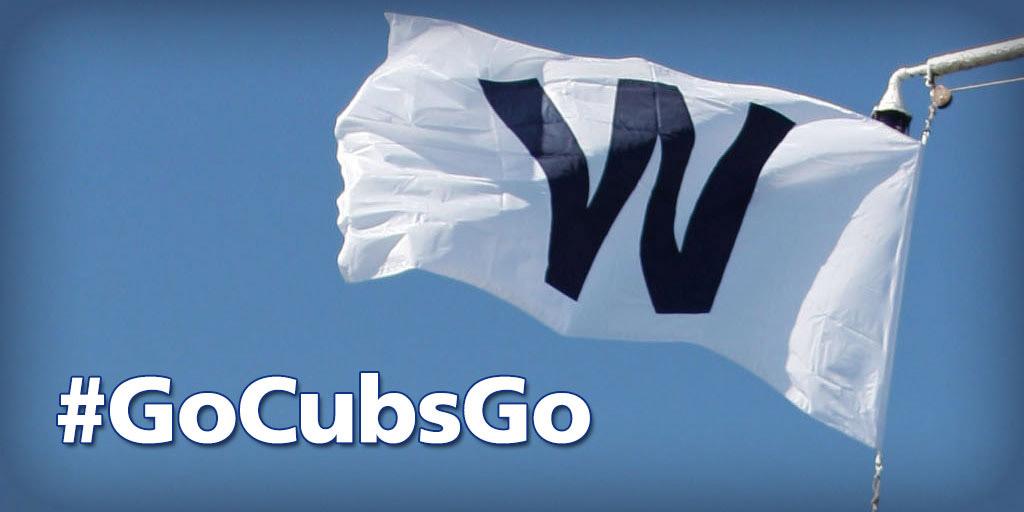This piece actually is from January and was written by my friend and colleague Wendy Grinberg. It was originally published on her blog
Jewish Education Lab (not to be confused with JEDLAB on Facebook). I think she has a good handle on some very important aspects of ToE (Theory of Everything).
Here’s my latest article in
eJewishPhilanthropy. Looking forward to your responses.

There is a lot of talk about changing the name, the times, the locations and the format of synagogue schools. But calling something experiential, changing the hours or even inviting the parents is not enough to make deep change in religious school. What is needed is a change in thinking.
Is school the right model for what we are trying to do in our synagogue education programs? Why do they exist? There is a lot for students to learn in order to be knowledgeable in Jewish practices, values and traditions. But children who can “get an A in Judaism” are not our ultimate goal. A person can become an expert in these areas without even being Jewish. Our goal is mastery of “applied Judaism,” demonstrated by students who are part of a Jewish community and can face the challenges of this life in a Jewish way. Let me give you an example of what this can look like within the bounds of a typical third grade Sunday morning religious school class structure. Here’s how the teacher described it:
In the synagogue kitchen, nineteen third graders gathered around the stainless steel island upon which was heaped bunches of leeks, onions, carrots, turnips, parsnips, and bundles of parsley and dill. On the stove behind them, four free-range chickens were simmering in big soup pots. Mamma Barbara, grandmother to one of the students and the guest of honor for the morning, stood at the head of the island, handing out peelers, instruction, and encouragement to eager hands. Within minutes, the floor was a mess of carrot tops and parsnip shavings that missed the compost bags. The smell of chopped onions brought tears to some sensitive eyes.
A sense of community, sometimes so hard to foster in a classroom setting, was everywhere one looked in this overheated kitchen. Kitchen tools were shared without a teacher’s guidance. One child held a hard–to-cut vegetable for another to chop, while, across the way, another student warned his new friend to “be careful of the splashing soup” as she put her cut up celery into the pot.
Cleanup over and soup gently simmering on the stove, the class climbed the stairs back up the classroom, where Mamma Barbara told them the story of the recipe, passed down from her own great-grandmother through the daughters of her family, from a Russian shtetl to the suburbs of New Jersey. The soup (“Jewish penicillin,” Mamma Barbara called it) would now be strained, frozen, and ultimately delivered to the ill in our community by the sixth graders of our synagogue as part of their bar or bat mitzvah projects.
More than a kitschy hands-on activity, this effort coordinated by Jessie Losch at
The Barnert Temple Congregation B’nai Jeshurun of Franklin Lakes gets to the heart of what applied Judaism in a school setting looks like. A few key components:
- The school is not separate from the greater community. In our scenario, students function as a class community within the context of the synagogue community. Mamma Barbara brought her family recipe and became part of the effort. In addition, the students planted chicken soup herbs in the synagogue garden to harvest for their soup under the direction of a synagogue member who is also a master gardener. Another group of expert adults facilitated the students in creating a Matzah Ball Mensches logo which will adorn the labels of every package of soup. As a mitzvah project, a sixth grader will serve as the liaison to the caring committee, coordinating delivery. K-2nd graders will create cards to go with the soup.
- Judaism is not confined to a time of the week or a room of the synagogue.
The boundaries that often segment children’s Jewish life (Sunday mornings at the synagogue) were permeated by people and activities around making the soup and delivering it. Community members and older students joined in. The sick people who will receive the soup are not necessarily third grade classmates. Deliveries will occur on different days and in other places, and cooking and planting took place outside of the classroom, albeit on synagogue property.
- Jewish values are put in action to solve real problems.
Students learned about taking care of the earth, dietary laws, and preventing the suffering of animals and then discussed how to make the soup in an ethical way. They studied Rabbi Akiva’s teaching on the power of visiting the sick: “He who does not visit the sick is like a murderer!” A connection to Jewish history and heritage was made real through Mamma Barbara’s recipe and family story. Empathy and care for the sick went from theoretical to real as eight year-olds did what they could to help and provide comfort to those in need.
- There are widening circles of involvement.This project has grown since it was first initiated. The excitement of participating in real and meaningful Jewish acts that make a difference is contagious. Director of Lifelong Learning Sara Losch has invited other classes to be a part. Now the fifth grade class is involved in creating a book that will tell the story of this project to the recipient, including the mitzvot it teaches and the recipe for chicken soup. Students become teachers to community members and spread their learning.
Under the direction of Senior Rabbi Elyse Frishman, this synagogue has been in a constant cycle of experimentation, assessment and improvement. That being said, this experience of applied Judaism did not require a full restructure of the synagogue school. Jessie understands the world of her classroom as a part of a greater Jewish community. She incorporated the enduring understandings that were articulated for her class and asked herself: What would a student who integrated these ideas know/do/understand in the real world? Others were able to get involved and see how this project could connect to their efforts as well.
Applied Judaism is my term for a way of thinking about Jewish learning and its purposes. Judaism is not a subject matter to be mastered in our schools; it is a salve for the human condition. At the heart of Jewish education is a belief that being Jewish, living in a Jewish way, makes life more meaningful, more enjoyable, and more beautiful. With the right approach, children can experience this and enrich the whole community, even within the context of a conventional Sunday morning program.










